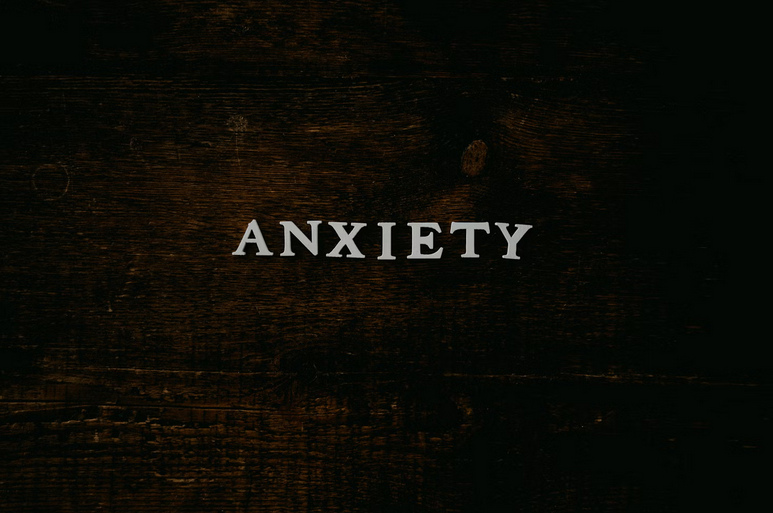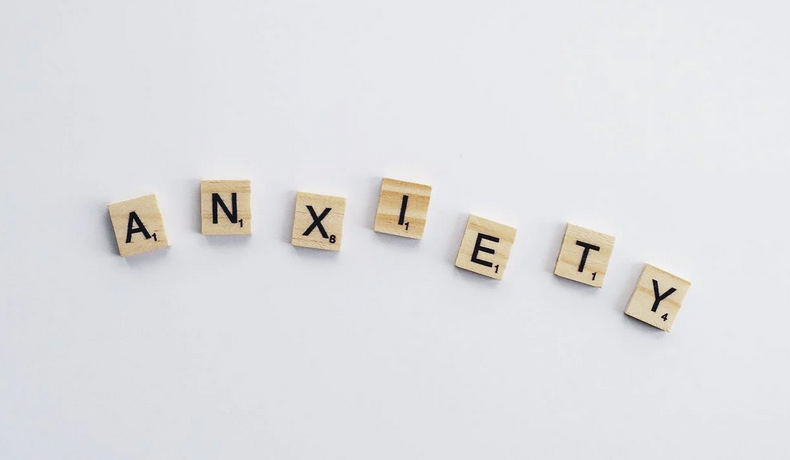Anxiety is a common and natural response to stress or perceived threats, but when it becomes persistent and overwhelming, it can develop into an anxiety disorder. Understanding the different types, symptoms, and causes of anxiety disorders is crucial for recognizing and managing these conditions effectively. In this article, we’ll delve into the world of anxiety disorders, providing insight into their various manifestations and underlying factors.
What Are Anxiety Disorders?

Anxiety disorders encompass a range of mental health conditions characterized by excessive worry, fear, and apprehension. These disorders can significantly impact daily functioning, relationships, and overall well-being. It’s essential to differentiate between normal anxiety, which is a temporary and manageable response to stress, and anxiety disorders, which involve persistent and intense feelings of anxiety that interfere with daily life.
Types of Anxiety Disorders
- Generalized Anxiety Disorder (GAD): GAD is characterized by persistent and excessive worry about various aspects of life, such as work, health, relationships, and finances. Individuals with GAD often experience physical symptoms like restlessness, fatigue, muscle tension, and difficulty concentrating.
- Panic Disorder: Panic disorder involves recurrent and unexpected panic attacks, which are sudden episodes of intense fear or discomfort accompanied by physical symptoms like rapid heartbeat, sweating, trembling, and shortness of breath. Panic attacks can be debilitating and may lead to a fear of future attacks.
- Social Anxiety Disorder: Social anxiety disorder, also known as social phobia, is characterized by an intense fear of social situations and scrutiny by others. Individuals with social anxiety may avoid social interactions, public speaking, and situations where they feel judged or embarrassed.
- Specific Phobias: Specific phobias involve irrational and intense fears of specific objects or situations, such as heights, spiders, flying, or needles. These fears can lead to avoidance behavior and significant distress when confronted with a phobic stimulus.
- Obsessive-Compulsive Disorder (OCD): OCD is characterized by intrusive and repetitive thoughts (obsessions) and the urge to perform ritualistic behaviors or mental acts (compulsions) to alleviate anxiety. Common obsessions include fears of contamination, doubts, and aggressive thoughts, while compulsions may involve repetitive checking, counting, or cleaning.
- Post-Traumatic Stress Disorder (PTSD): PTSD can develop after experiencing or witnessing a traumatic event, such as combat, natural disasters, accidents, or violence. Symptoms include flashbacks, nightmares, hypervigilance, avoidance of reminders, and emotional numbness.
- Separation Anxiety Disorder: Primarily diagnosed in children, separation anxiety disorder involves excessive distress and fear when separated from caregivers or loved ones. It can lead to clinginess, reluctance to attend school or social events, and physical symptoms like stomachaches or headaches.

Common Symptoms of Anxiety Disorders
While the specific symptoms may vary depending on the type of anxiety disorder, common symptoms include:
- Excessive worry or fear
- Restlessness or feeling on edge
- Irritability
- Difficulty concentrating
- Muscle tension
- Fatigue or insomnia
- Racing heartbeat
- Shortness of breath
- Sweating
- Trembling or shaking
- Nausea or stomach discomfort
Causes of Anxiety Disorders

Several factors can contribute to the development of anxiety disorders, including:
- Genetics: A family history of anxiety disorders or mental health conditions can increase the risk of developing an anxiety disorder.
- Brain Chemistry: Imbalances in neurotransmitters like serotonin, dopamine, and norepinephrine can play a role in anxiety disorders.
- Environmental Factors: Stressful life events, trauma, abuse, or significant life changes can trigger or exacerbate anxiety disorders.
- Personality Traits: Certain personality traits, such as perfectionism, sensitivity to stress, or a tendency to worry, may contribute to the development of anxiety disorders.
- Medical Conditions: Chronic illnesses, hormonal imbalances, and substance abuse can also contribute to anxiety symptoms.
By gaining a deeper understanding of anxiety disorders, including their types, symptoms, and causes, we can promote awareness, reduce stigma, and encourage individuals to seek help when needed. Remember, anxiety disorders are common and treatable, and with the right support and resources, individuals can overcome challenges and lead fulfilling lives. Let’s continue to prioritize mental health education and support for a healthier and more empathetic society.




